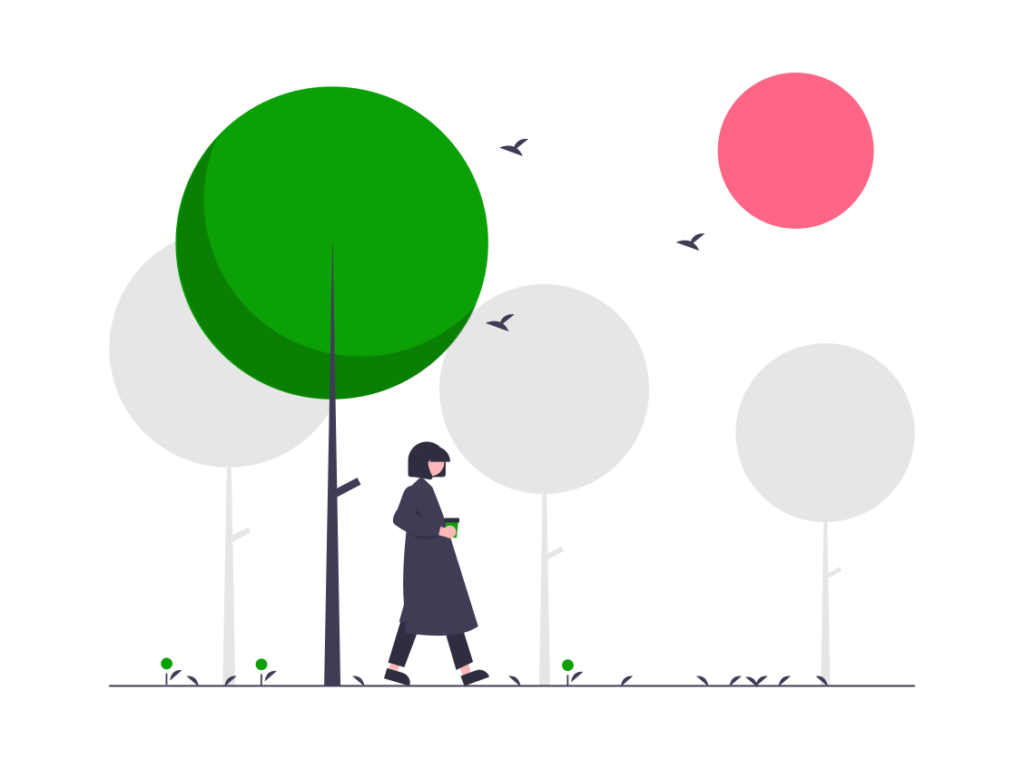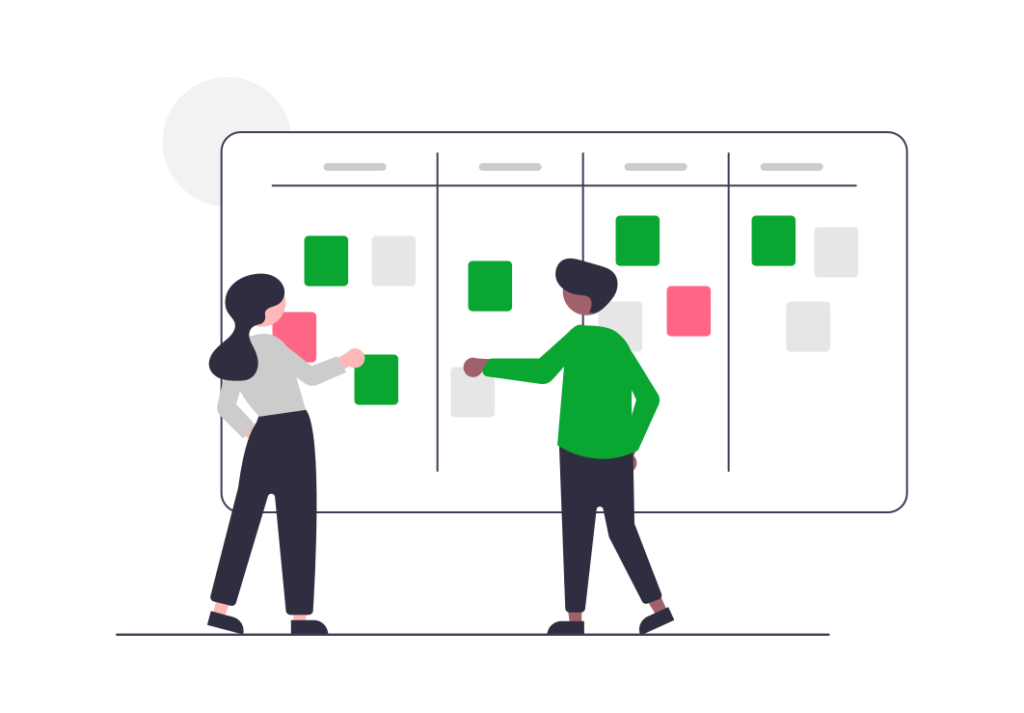The feeling is all too familiar – there’s something we need to remember, but it’s just out of reach. Perhaps we knew we’d need to remember it, maybe we even made a note of it, but today we can’t seem to conjure it to mind.
It’s proven that one day after learning something, 70% of the details are lost, with only a few key points still accessible off the top of our heads.

This can be a problem for efficiency at work, studying for exams and keeping on top of daily tasks. There’s nothing more frustrating than forgetting something vital right when we need it!
However, if you feel “stuck” with a bad memory, there’s good news ahead! The following techniques can open a world of mental ‘storage’ previously unfamiliar to your brain, whether you want to:
- Learn to give a flawless speech or pitch without notes
- Remember the details of your to-do list
- Generally optimise your efficiency when taking on new information.
Read Now: Mindfulness at Work: How to Increase Productivity
How Does Short-Term Memory Work?
When we use our short-term memory, we hold a small amount of information in the mind so it is readily available for a short period.
Short-term memories are converted into the more useful long-term by a process called ‘encoding’. Techniques that really boost memory focus on this conversion from short- to long-term, finding ways to make information memorable and appealing to the brain so that it sticks.
These techniques work for memories that last hours or days as needed, such as a shopping list, knowledge for an exam or the take away from a meeting.
Read Now: How to Improve Your Productivity with Neuroplasticity
Four Techniques for Improving Memory
The following are some effective ways to remember anything, from your to-do list to the name of a new colleague, to the key points and flow of a speech you need to give.
- Chunking
Short-term memory has a limited capacity. About seven items has been found to be the magic number we can hold in our head, readily available for recall. While this isn’t too flexible, we can embellish the list by adding items through “chunking”.

You may have seen a waiter remember an order longer than seven items without jotting anything down. In this case, it’s likely they were “chunking” the items: three starters, four mains, four drinks, two side dishes.
By finding similarities between items in a long list and categorising them, you’ll be able to hold far more information on the cusp of your mind.
- Creating an Image
Instead of remembering a word or phrase on its own, deeper processing occurs when we link new info to an existing network of information in our brain. This is how a mnemonic like ‘Never Eat Shredded Wheat’ to remember the compass works.
It might seem like you’re remembering two pieces of information instead of one, but memories with more connections to other memories are less likely to get lost or replaced.
A way of connecting information that really catches the brain’s attention is creating an image in your mind. By visualising an image when saying a word, you are encoding information in two ways. You also connect to your visual-spatial network, one of the most important ways your brain processes the world.
This can be used to remember just about anything including a list of unrelated items, such as a to-do list:
- Food shopping
- Get petrol
- Renew house insurance
- Send a birthday card.
You could combine these four items into one image: a can of petrol and a birthday card on a shelf in a supermarket, being browsed by an insurance broker. Sometimes the wackier the visual, the more memorable for your brain.

- Creating a Story
Another great way to build strong associations is by creating a story around new information. For something simple like a password, a descriptive sentence around the word can help your brain to embed the new information.
For example, if your password is ‘Frogleap85’, you could choose the sentence: “85 little frogs leap over the gurgling stream”. This creates a richer memory and stronger semantic connections.
In a longer form, you could create a story to guide you through the points of a speech you need to give or a process you need to remember. Get as descriptive as you like and picture the story in your mind’s eye as you write and recall it.

- Remembering Before Sleep
In his TED talk on improving memory, Krishan Chahal explores how we can improve our overall memory by training the subconscious to pay attention. If every evening before sleep we try to recall what happened in our day, step by step from when our feet hit the ground in the morning, we can see remarkable changes in how much detail we remember.
This is great for a regular activity which you find particularly hard to pay attention to, such as an uninteresting weekly training session or meeting. Before sleep, try recalling this period of the day in as much detail as possible.
This in turn programmes the mind to put your attention where it’s needed the most, so you can find yourself more engaged and attentive next time and take away everything you need.
Read Now: 8 Quick and Small Changes to a Better Life
To Sum Up…
Feeling stuck with a “bad memory” doesn’t have to be a signed fate. By making stronger associations when memorising something, you can keep all kinds of information readily available at the surface of your brain.
To truly help the brain, make sure you maintain a healthy diet and exercise, as well as seek out learning throughout your life. Neuroscientists agree that the most effective way of boosting memory and brain function is a healthy, engaged lifestyle.
Related Articles
- Why is Journaling Good for Your Mental Wellbeing?
- How Exercise Benefits Mental Health
- Surprising Benefits of Exercise: Confidence and Creativity
- 10 Ways to Make the Most Out of Your Mornings
Discover more about making lifestyle changes by contacting our life coaches at Ceed today.


















